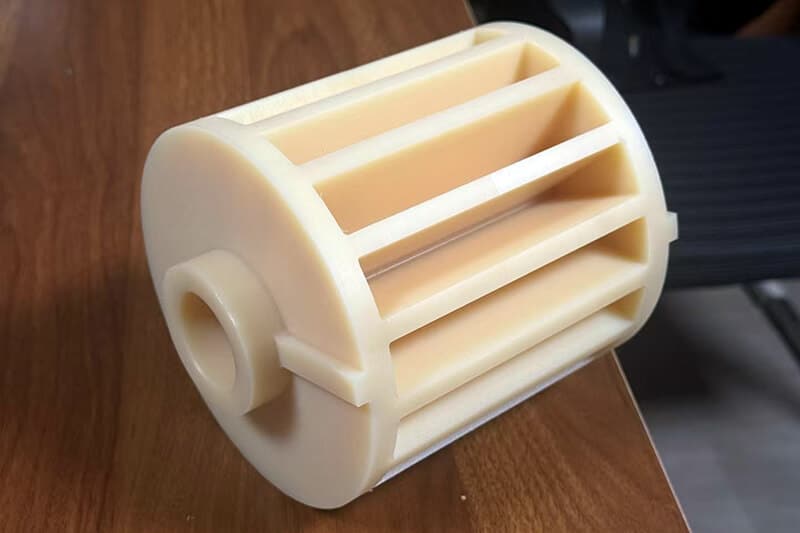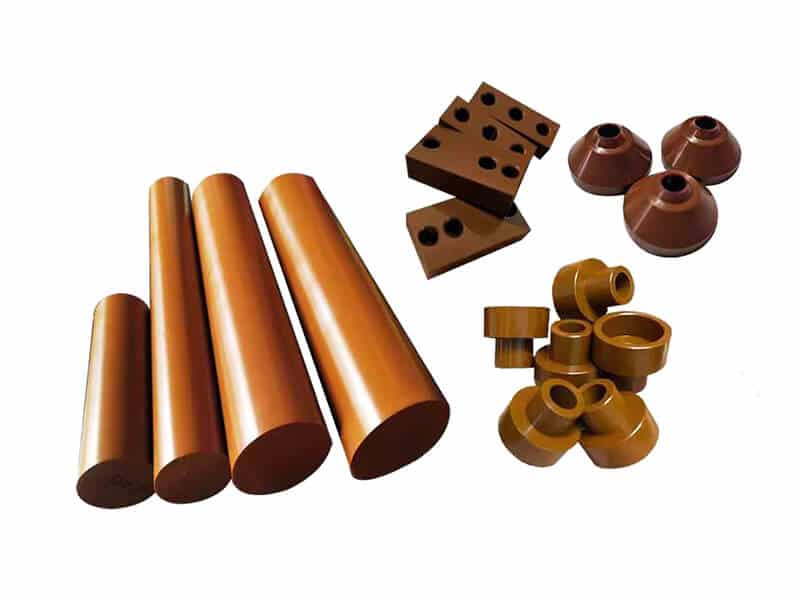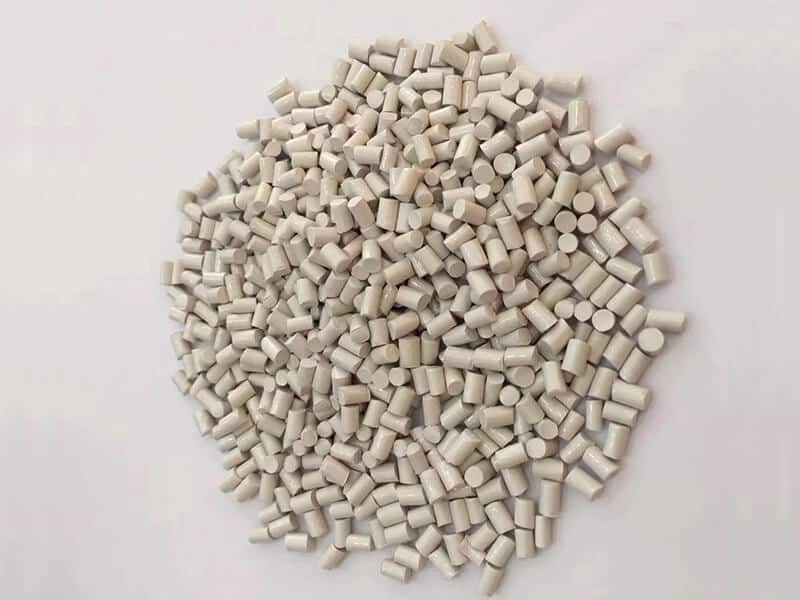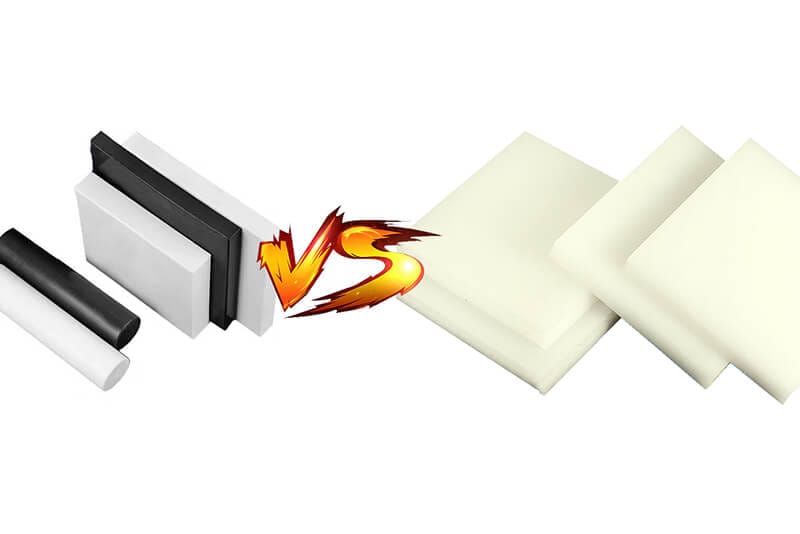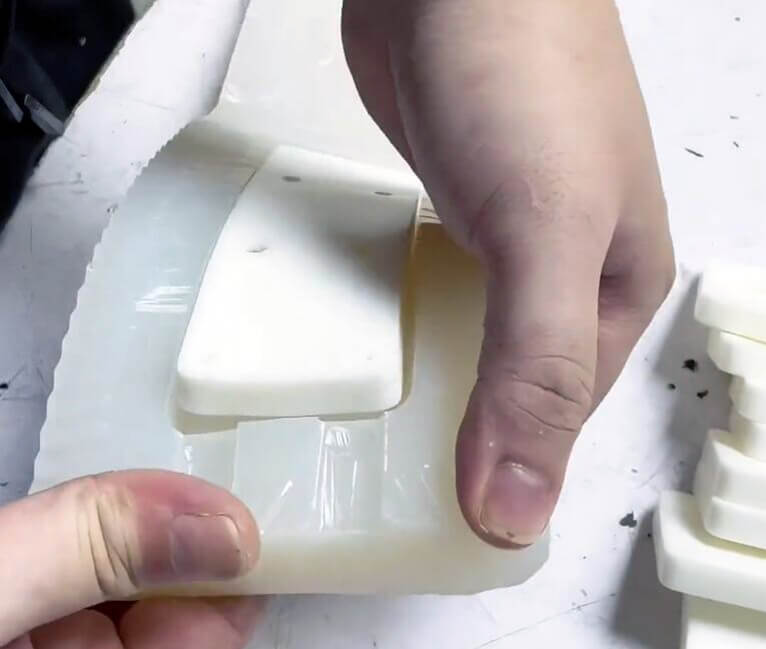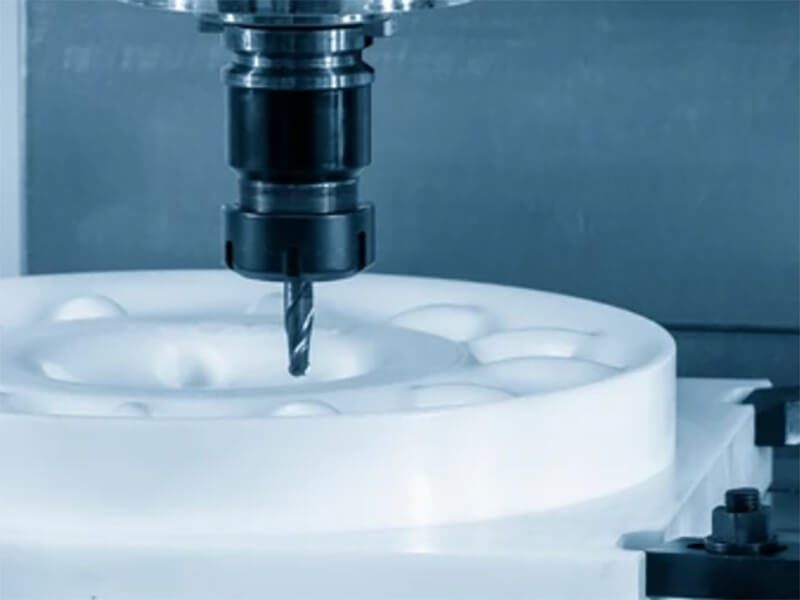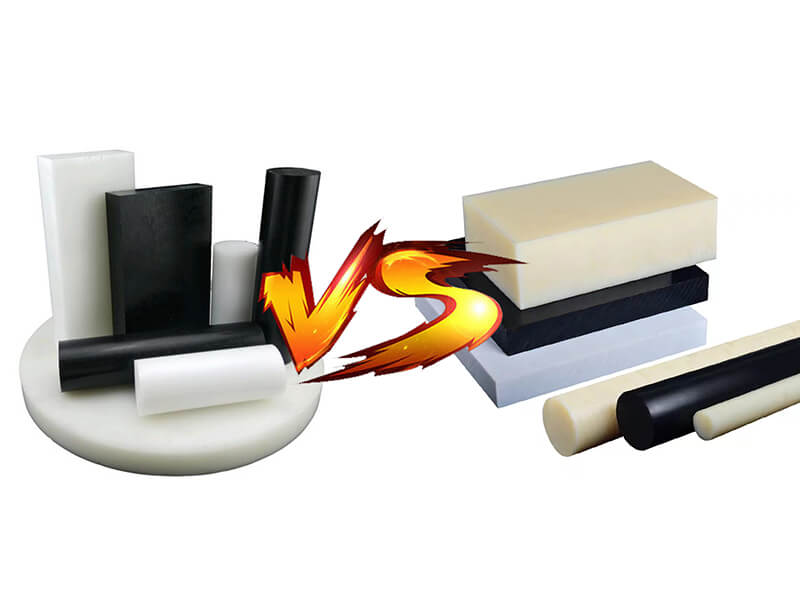How to Machine PEEK Plastic? 7 Tips For Machining PEEK With Precision and Success
Learn how to machine PEEK plastics effectively with proven tips for optimal results, ensuring precision, durability, and efficiency in your machining process.
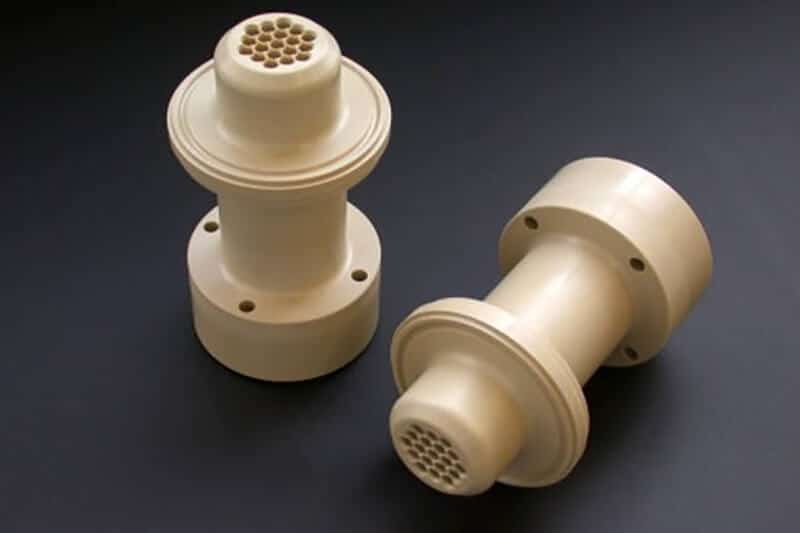
PEEK is a high-grade machinable thermoplastic that can make specific parts for various applications. The unique physical and chemical properties, along with its durability, allow it to work well with any tools and machines.
When heated, it can also be melted and reshaped. After processing, you can send it in different forms for your specific applications.
But overall, the process is not required to speed up. You should know everything from melting to handling tools and drilling. That’s where today’s efficient guide comes in. Read the rest and learn all the essential steps while machining PEEK parts.
9 Essential PEEK Machining Tips for Precision and Success
Our experts have listed key tips to help you get the best results when working with PEEK.
1. Annealing Before Machine
After purchasing, you may receive the PEEK in different shapes like rods, plates, or pre-made forms. So before you begin to shape the PEEK, you need to do a special heating process called annealing. Through this process, you will likely increase the level of crystallinity and relieve the built stress through annealing.
You will heat the plastic to a specific temperature, keep it hot for a bit, and lastly, let it cool slowly. It will make your piece stronger and less likely to crack when you cut it.
If you plan to work with plastic for a long time, you might need to repeat the annealing process to prevent it from breaking.
2. Maintain Tool Condition
Almost all types of PEEK are tough on cutting tools. That means when you try to cut with traditional methods, the best chance is it can wear down, damage, or even remove parts of the tools during the process.
Thus, most manufacturers recommend a silicon carbide cutting tool as a safe option. The tool is great for the regular use of PEEK.
But if you are working with PEEK with added glass or carbon fibers, you have to choose an even stronger tool called polycrystalline (PCD). It doesn’t wear out too quickly.
3. Limited Heat Dissipation
Typically, PEEK does not dissipate heat during machining, so you need to ensure the proper cooling process. To do this, you must use a coolant to prevent deformation and cracking effectively.
For instance, standard coolants like those made from petroleum work great for regular PEEK when cutting. But for medical-grade PEEK, which you will use to make things like medical parts, these liquid coolants won’t work.
It is even unsafe to use in the medical part. To cool medical-grade PEEK, you will need compressed air. Alternatively, you can use clean water to keep it safe for people.
4. Special Handling to Minimize Stress
As the PEEK is prone to internal stress, only the annealing process will ensure the complete process runs smoothly. You should handle the PEEK carefully during machining to minimize the stress and prevent potential damage.
Reduce the cutting force or use sharp tools. This will help you avoid excessive heat and pressure buildup. It’s also a good practice to cut the plastic gradually instead of trying to remove large amounts of material at once.
5. Optimize Machine Parameters
To complete the PEEK machining effectively without any problems, setting the right machining parameters is the key. You need to use the right settings for cutting speed and feed rate when you are drilling, milling, and turning the material.
The table below will help you in this instance. Here, you will get an idea of the best speeds and rates to use for cutting PEEK parts properly.
| CNC Machining Operations | Machining Parameters | Industrial-grade PEEK | Medical-grade PEEK |
|---|---|---|---|
| CNC milling | Cutting Speed (m/mn) | 50-200 | 200-300 |
| Feed rate (mm/rev) | 0.05-0.2 | 0.05-0.2 | |
| CNC turning | Cutting Speed (m/mn) | 250-500 | 150-200 |
| Feed rate (mm/tooth) | 0.1-0.5 | 0.1-0.5 | |
| CNC drilling | Cutting Speed (m/mn) | 50-200 | 80-100 |
| Feed rate (mm/rev) | 0.1-0.3 | 0.1-0.3 |
6. Drilling Considerations
PEEK has a lower elongation. This means it can’t stretch as much as other types of plastic when you put pressure on it. So when you drill on it, the pressure buildup can break the plastic or damage it.
To overcome the problem, you need to be very careful. First, examine the tool and the plastic closely to see if anything looks wrong. Next, use the right shape and type of drill bit.
It should be sharp and designed for deep drilling. Lastly, check and make sure to remove any small pieces of plastic, called chips, that may come out. You can use air or a vacuum to help quickly remove the chips.
7. Avoid Contamination
It is important to ensure the overall machining process of medical-grade PEEK plastics is clean, as they need to be safe for use in medicine. If the plastic gets dirty or mixed with other things, it might prove harmful to a person.
However, when you touch PEEK parts, wear protective gloves and keep them clean. Store the cut parts in closed containers so nothing can get inside and make them dirty.
Advantages and Limitations of Machining PEEK
Machining of thermoplastics offers great advantages as well as some limitations to consider; have a look:
| Advantages | Limitations |
|---|---|
| Outstanding biocompatibility; Excellent chemical resistance; High tolerance capability; Very low moisture absorption; Cost-effectiveness; Ensure a smooth finish; High accuracy; High melting point; | Lower elongation Abrasive to cutting tools Special handling requirements |
Conclusion
PEEK Plastic is a very expensive material. Therefore, it will be a huge cost if you don’t know how to machine PEEK and make a batch of unqualified components.
If you don’t have a trustworthy supplier of PEEK components or machining services, just contact UVTECO, who is very professional in PEEK Material and machining.
Related Blogs

Looking for a trustworthy Supplier
Need a Trustworthy Supplier of Plastic, Foam, Sponge, Rubber, Metal, and Machining Solution. Click the Button, We Will Be In Touch With You As Quickly As Possible.







